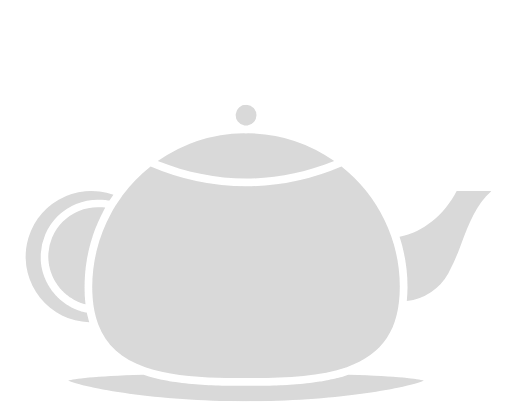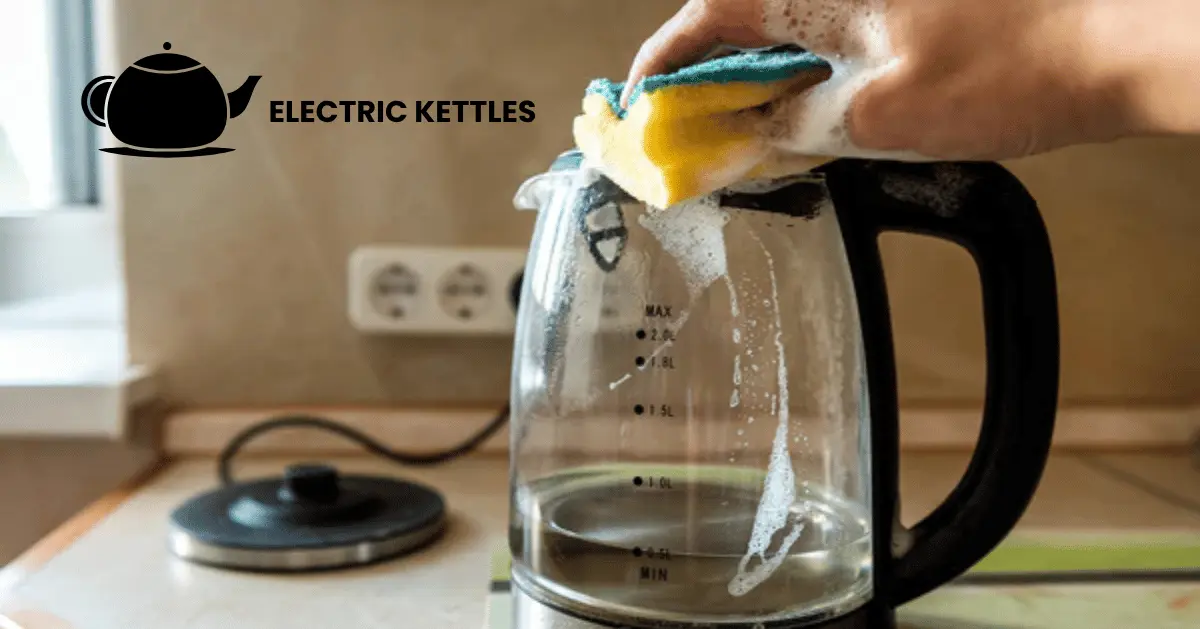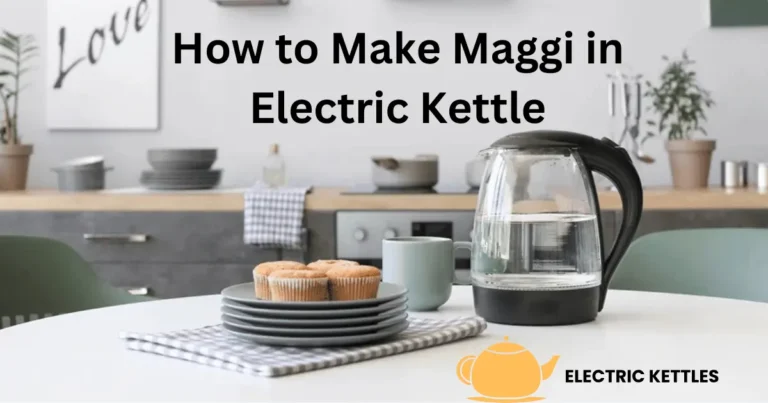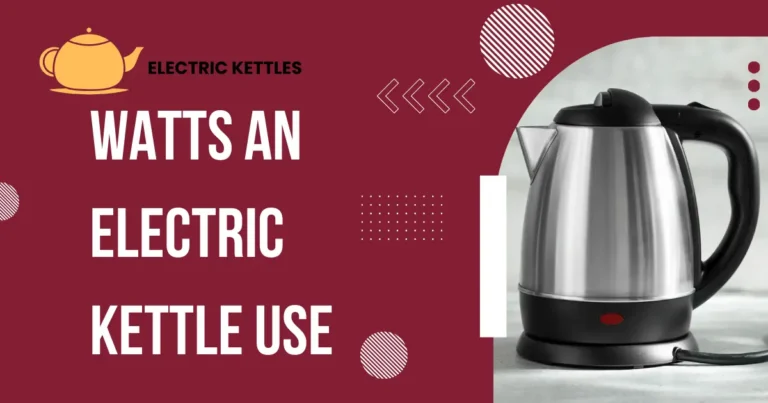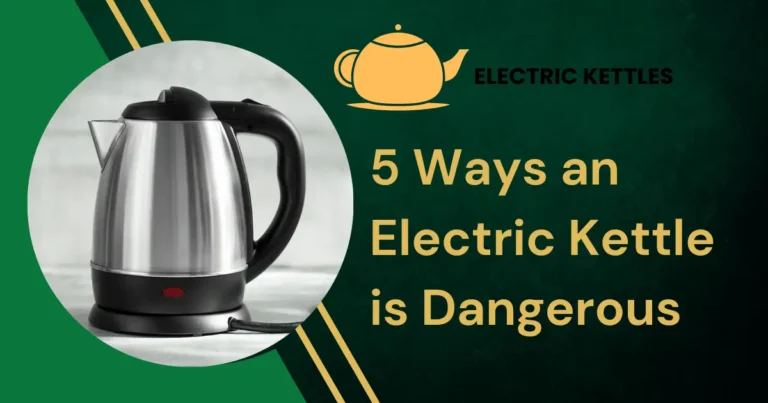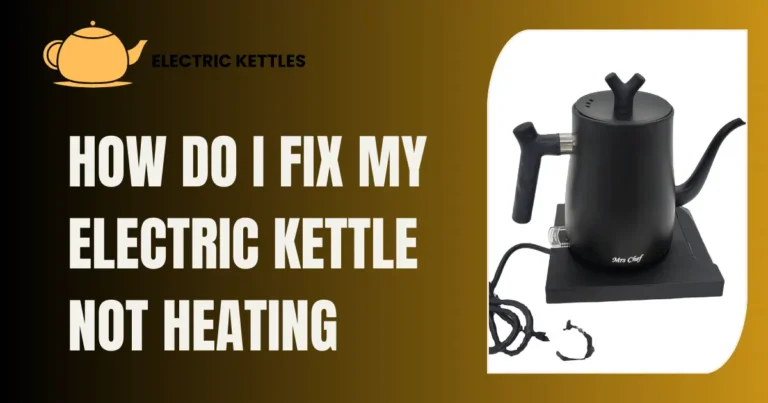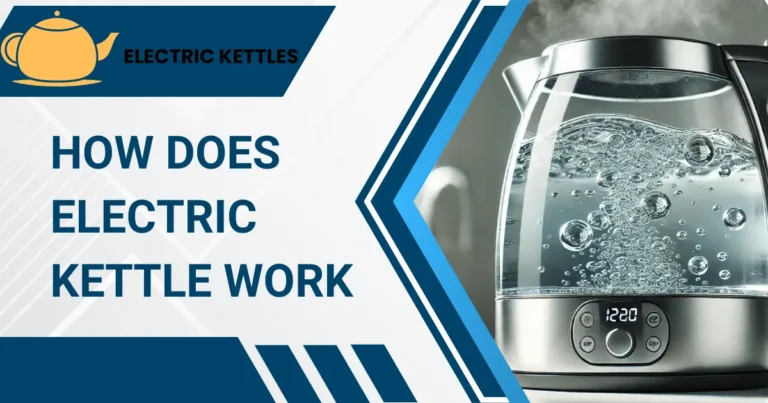How to Clean Electric Kettle
If you’re enjoying a hot cup of tea or coffee during winter using your electric kettle, regular cleaning is essential for maintaining the taste and aroma of your beverages. Over time, minerals like limescale can build up inside the kettle, affecting its performance. This buildup makes the kettle take longer to boil water.
By cleaning your kettle regularly, you can remove these deposits. A quick rinse and wipe-down after each use helps, but if you use your kettle frequently, it’s important to descale it monthly. If you live in an area with hard water or have a large family, make cleaning a routine part of your kettle care.
Ingredients You’ll Need
White Vinegar or Lemon Juice
These natural acids effectively dissolve mineral deposits and limescale. Mix them with water in equal parts for cleaning.
Baking Soda
This enhances cleaning, especially for tough stains and odors. Combine it with vinegar for a foaming effect.
Water
Water is necessary for both rinsing and for working with vinegar or lemon juice to loosen mineral buildup.
Soft Cloth or Sponge
A non-abrasive cloth is needed to wipe down your kettle’s interior and exterior without scratching.
7 Steps to Clean Your Kettle
- Unplug and Cool Down: Always start by unplugging the kettle and letting it cool completely to avoid burns or electric shock.
- Rinse Out Loose Debris: Empty any leftover water from the kettle and give it a quick rinse.
- Mix Cleaning Solution: Combine equal parts white vinegar and water, or lemon juice and water. This mixture will break down limescale and mineral buildup.
- Boil the Solution: Pour the solution into the kettle up to the max line, then bring it to a boil. Turn off the kettle once it’s boiled and unplug it.
- Soak the Solution: Let the hot solution sit inside the kettle for 15-20 minutes to dissolve any remaining deposits.
- Scrub Away Residue: Use a soft cloth or sponge to scrub the kettle’s interior. For stubborn stains, sprinkle some baking soda on the sponge before scrubbing.
- Rinse Thoroughly: Empty the kettle and rinse it several times with clean water to remove any remaining solution. Wipe the exterior with a damp cloth, and your kettle is ready to use.
Cleaning the Exterior of Your Kettle
To clean the outside of the kettle, follow these simple steps.
- Unplug and Cool Down: Ensure the kettle is unplugged and completely cool before cleaning.
- Soapy Water Solution: Mix a few drops of dish soap with warm water. Use a soft cloth or sponge to gently wipe down the exterior, focusing on areas with fingerprints or grime.
- Rinse and Buff: Wipe the exterior with a damp cloth to remove any soap residue. Then, use a dry cloth to buff the surface for a streak-free shine.
- Stainless Steel Care: If your kettle has a stainless steel exterior, use a little vinegar or a specialized cleaner to polish it, buffing in the direction of the grain.
Tips to Keep Your Kettle Cleaner for Longer
By following these tips, you can prolong your kettle’s lifespan and keep it in top condition.
- Use Filtered Water: This reduces mineral buildup inside your kettle, keeping it cleaner longer.
- Empty After Use: Leaving water in the kettle can lead to mineral deposits and a stale taste. Empty it after each use.
- Quick Wipe Down: Wipe the kettle with a damp cloth after each use to avoid the buildup of dust, grease, and fingerprints.
- Avoid Overfilling: Filling the kettle beyond the recommended level can cause water to spill out, leaving stains and water spots.
- Lemon Descaling: Boil a few lemon slices in the kettle once a week to naturally descale and freshen it.
- Store in a Dry Place: Moist environments encourage mold and mildew growth. Keep the kettle in a dry spot when not in use.
- Check Before Use: Inspect the inside of the kettle for any buildup before using it. A quick rinse can prevent buildup from becoming a problem.
FAQs
Can I use dish soap to clean the inside of my kettle?
Avoid using dish soap inside the kettle, as it may leave residue that can affect the taste of your water. Stick with natural cleaners like vinegar or lemon juice.
Is it safe to clean my electric tea kettle with bleach?
No, bleach is too harsh and can leave harmful residues. Use vinegar or lemon juice for safe and effective cleaning.
What should I do if my kettle smells strange after cleaning?
If your kettle has an odd smell, try boiling plain water a few times. Adding a slice of lemon can also help neutralize any odors.
How do I remove rust from the inside of my kettle?
Fill the kettle with a water-vinegar solution and let it sit for a few hours. Scrub gently with a soft brush, then rinse thoroughly.
How do I clean the heating element in my kettle?
For most kettles, descaling with vinegar or lemon juice should clean the heating element. For exposed elements, use a soft brush to clean after descaling.
Final Thoughts
Regular cleaning is essential for extending your kettle’s lifespan and improving its performance. By maintaining your kettle, you’ll enjoy better-tasting tea or coffee every time. Taking time to care for your appliance not only keeps it functioning well but also ensures your kitchen stays looking fresh.
